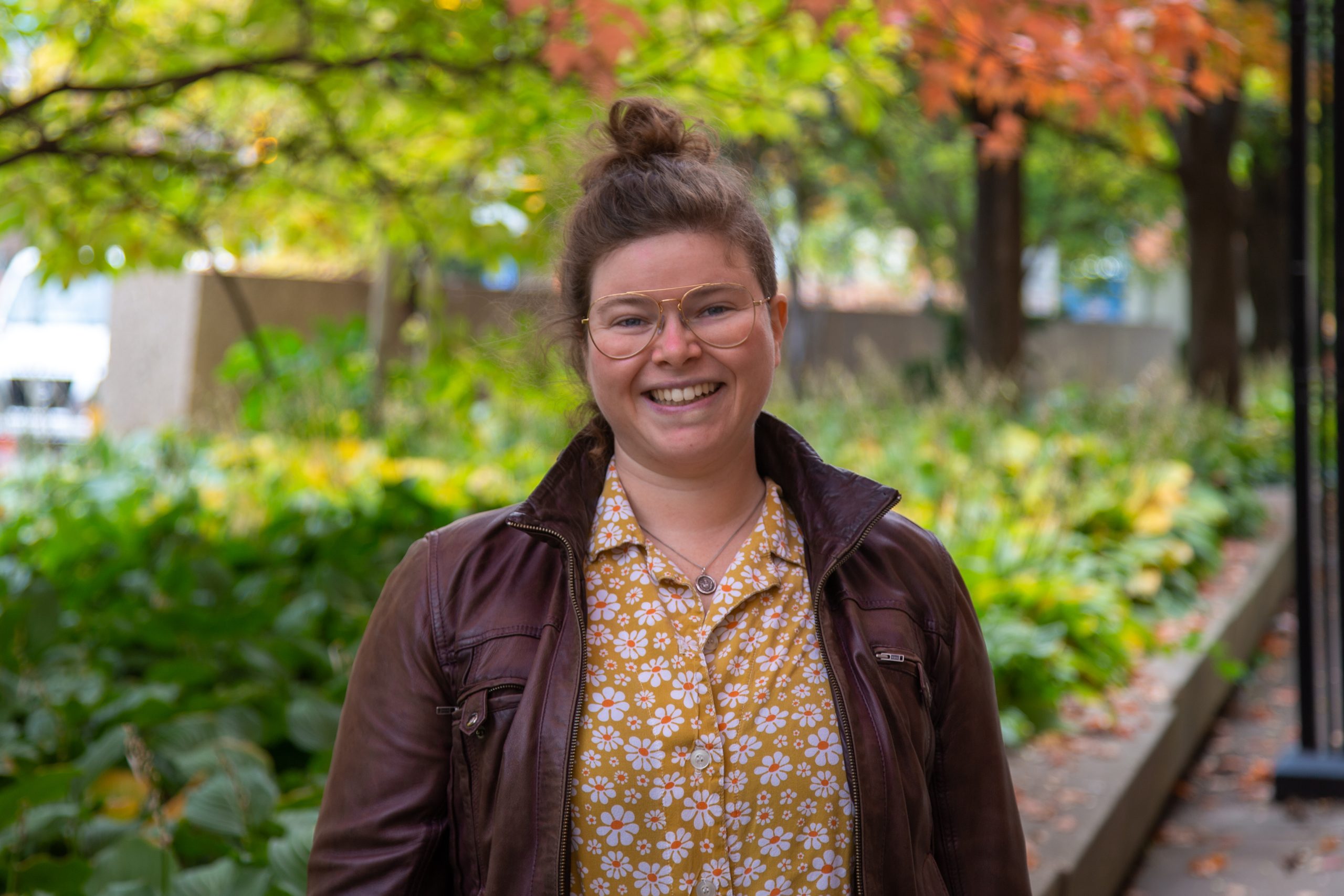Morgan Hooper recently joined the University of Toronto Institute for Aerospace Studies (UTIAS) as an assistant professor, teaching stream, cross-appointed to the Division of Engineering Science (EngSci).
She is currently teaching engineering design in the EngSci Praxis III course.
Hooper (EngSci 1T5 + PEY) graduated from U of T Engineering with a major in aerospace engineering and received her MS and PhD in Aeronautics from the California Institute of Technology (CalTech). Her research focused on experimental unsteady aerodynamics and fluid-structure interactions with views towards sustainable energy harvesting.
Writer Jennifer Li caught up with Hooper to learn about her teaching philosophy, her goals as an educator and the ways she hopes to empower students inside and out of the classroom.
Can you share your approach to teaching?
My approach to teaching is centred around building community within the classroom. I hope to empower students to speak up and participate in their own learning. The process of learning is simultaneously collaborative and deeply personal. I try to build a safe environment for students to experiment and learn from one another, while also offering support and guidance when necessary. Of course, this approach is particularly appropriate in a design course setting — where most of my teaching is focused right now — but I do think that a collaborative, active learning approach can be successful even in a more traditional classroom setting.
What excites you most about joining UTIAS?
As a graduate of the EngSci aerospace engineering major, UTIAS played a huge part in my undergraduate studies! I am very excited to be back in this new role and I am looking forward to connecting with and learning from all the amazing teaching and research going on here and within EngSci.
What do you hope that students will take away from your classes?
I teach mostly hands-on design courses — in my opinion, these are the classes that really differentiate the engineering school experience. I hope to help students gain confidence with hands-on skills and build their own unique identities as engineers. I want to empower students to feel comfortable making changes to and improving the physical world around them.
What is your goal as an educator in the next few years?
There are a lot of exciting conversations right now around making undergraduate engineering education more integrative — that is, ensuring that there is a strong connection between what students do in design-focused courses, and what they see and do in the fundamental and skill-building courses that make up most of the curriculum.
I think there is a great opportunity here to examine our curricula and ensure we are equipping students with transdisciplinary skills and competencies. This also means incorporating knowledge around particularly complex topics such as sustainable engineering practices.
What is the best mistake you ever made in academia and what did it teach you?
I think the best ‘mistake’ I made in an academic setting was getting involved in student government. During my PhD, I volunteered for a position on our department’s student council. Even though it added more to my plate, I immediately discovered that I loved working with a team of other students towards making our department a more community-oriented and supportive place. The work I did as part of the student council inspired me to get more involved in research in STEM teaching and learning more broadly, which eventually led me here!
What is something people would be surprised to learn about you?
I have always tried to keep things balanced in my life — I love my job, but I also love cooking, eating, and trying new recipes and restaurants. I love fashion — especially sustainable fashion — and I sew some of my own clothes. I also love to sing.




